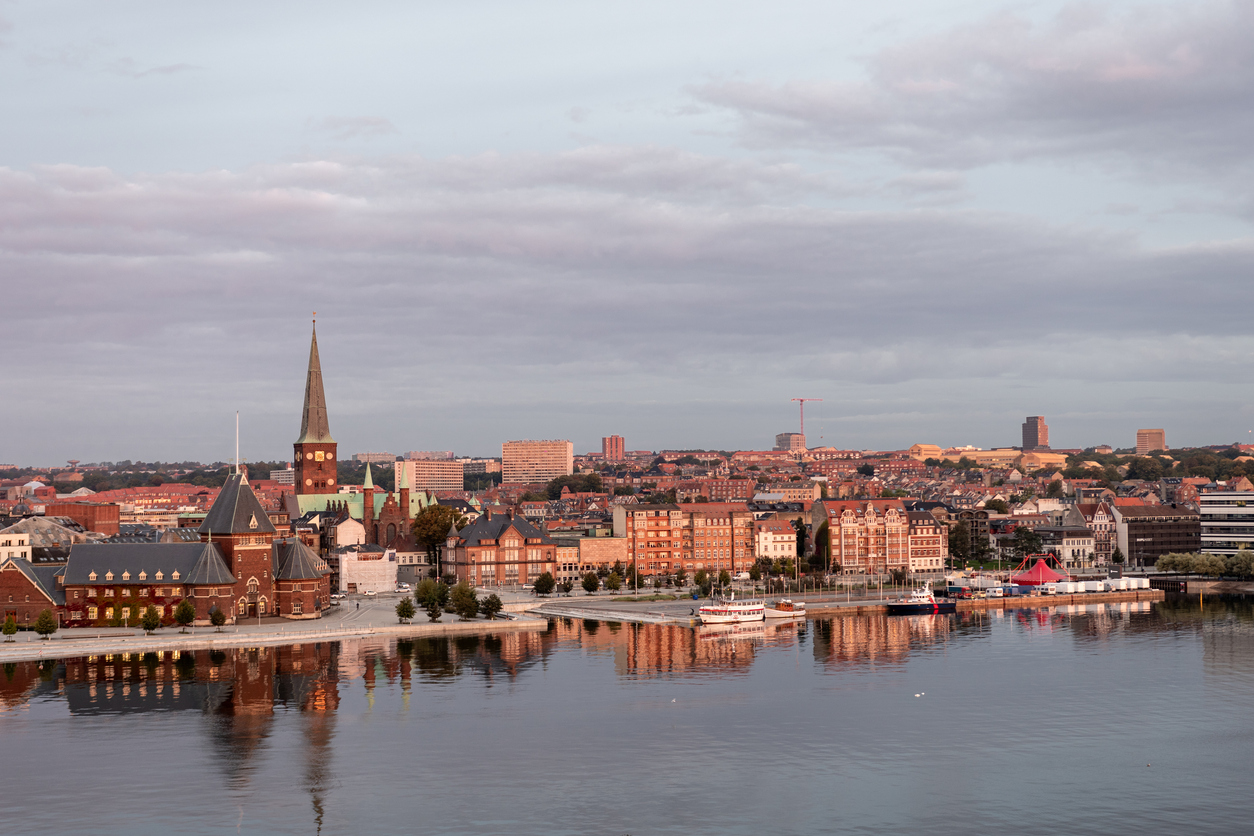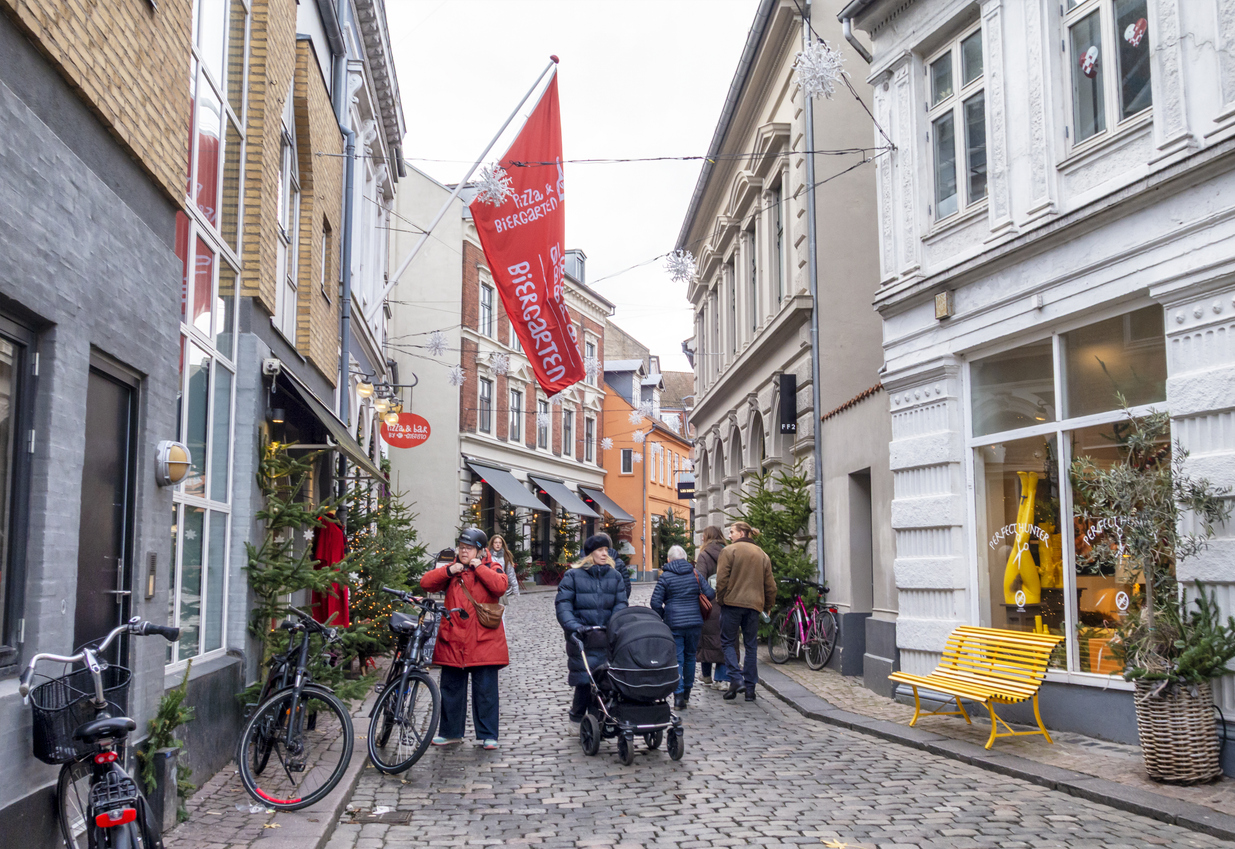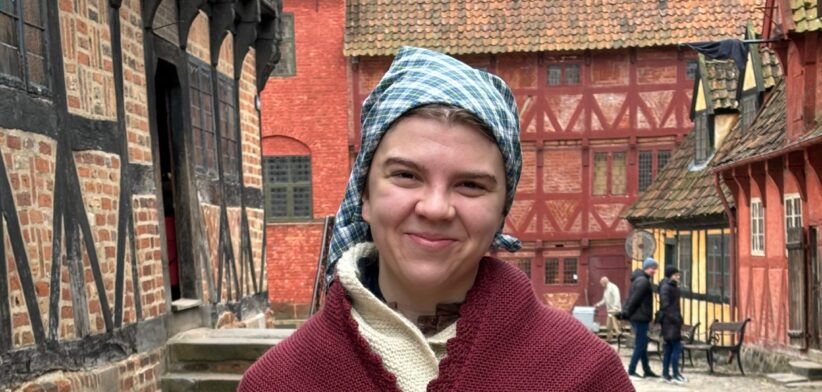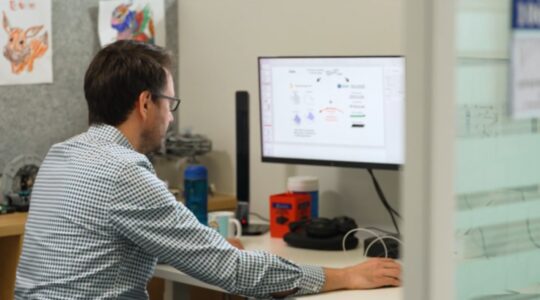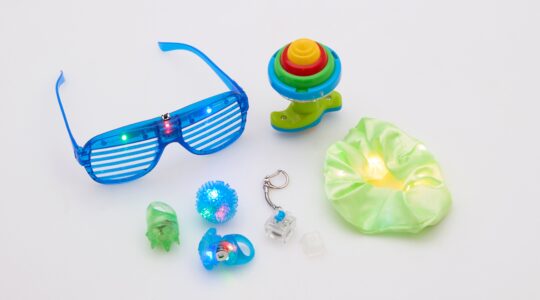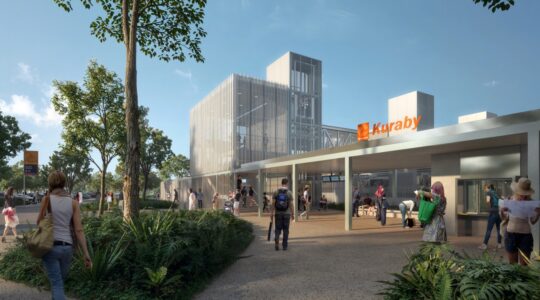By Susan Schwartz
Aarhus is not a city that comes to mind when most people think of Denmark, but it is arguably the jewel in the crown and well worth the side-trip.
More travellers are skipping major destinations in favour of so-called second cities like Aarhus (185km north west of Copenhagen or a 2.5 hour train ride) that are less crowded and cliched, and offer more authentic experiences with a chance to engage more with the local culture.
And so it was with this thinking in mind on a recent trip to Scandinavia I went to Aarhus to visit my Viking conservator cousin Marianne and her “Viking” husband Nils who live in a 300 year-old thatched-roof cottage they renovated themselves in Denmark’s second-largest city.
Aarhus, which means “mouth of the river,” is a waterfront city which is easy to navigate, and visitors often start by walking the old city, with its quaint shops and cafes. There are cozy little stores with a very uniquely Danish feel that you won’t find anywhere else in the world. One of the best things about this is that you also won’t find them on Google.
It’s chance to do some old fashioned serendipitous-style exploring and find your own local treasure without queues of Influencers and their wannabe followers getting in the way.
If you are after some local intel, I often find the best way to do this is to step inside one of the cool local boutiques and chat to the sales assistant. In a city that has often been voted the world’s happiest, the locals are usually keen to help out. After a visit to Raasted, I came out with two business cards packed full of hand-written recommendations for surrounding stores and cafes.
At La Cabra the atmosphere is quintessentially hygge (a Danish word for cozy and comfortable), with an obligatory candle on each table. The smell of baked goods and coffee, authentically creaky floors, and handmade mugs and plates all complete the hygge vibe.
We were sent here for some of the best cinnamon, cardamom and jam doughnuts in the area. Now you can Google it but let’s not tell the Influencers.
Aarhus also boasts some of the best museums in the world where Marianne and Nils work. There’s good-natured husband-wife rivalry as to whose museum is the best, but I reckon they both are the best in their own right.
The Moesgard Museum, where Marianne works as a curator, is set on 1,000 hectares and known for its vast collection of Danish and Scandinavian archeological finds from the Stone Age to the 1500s.
It is also home to the “bog man” or Grauballe Man – an incredibly well-preserved mummy of a prehistoric man believed to have lived around 2,000 years ago who was found in a nearby bog. You can still see his finger nails, toe nails, and hair.
The other must-see is the museum’s story of evolution which uses 3D interactive technology to provide a better understanding of the past and how humans developed. There are seven lifelike sculptures that are anatomically correct reconstructions of our ancestors and based on finds such as 3.2 million year-old Lucy who was found in Ethiopia, to the Stone Age Koelbjerg Man who is the oldest skeleton found in Denmark.
Nils, who wears the hammer of Thor around his neck as a declaration of his proud Viking heritage, works in IT at Den Gamle By or The Old Town Museum. Visiting is like being a living, breathing time traveller in the best sense of the term.
Start in 1864 in the old town which looks as it did in Hans Christian Andersen’s time with timbered buildings, cobble stones and horse-drawn carriages. There are actors who wander around and you can have a chat with them – from the baker’s wife to the farmhand.
Work your way to 1927 with the post master or broom seller and the 4711 perfume at Schou’s Soap House or the latest model Ford at the car dealership.
Climb the stairs to the apartments from 1950-1974 where the homes of a nuclear family, commune, and gynaecologist are set up just as they were in the past.
Our two days here were not enough, and in reality Aarhus really needs at least four days to cover properly. There were things we didn’t get a chance to do like walk along the waterfront (instead of drive). And we never really did get to the heart of the food scene beyond the more stodgy and over-rated Smorrebrod – an open sandwich piled with fatty mayonaise and whatnot (admittedly I’m the wrong audience as I despise any type of sandwich). We did however use many a bathroom, and I can confidently report that the toilet paper is literally that. Hard paper. Rock hard. From five star restaurants, to museums and cafes. It’s everywhere and it’s hard. So if you’re planning on going, do yourself a favour and BYO.
